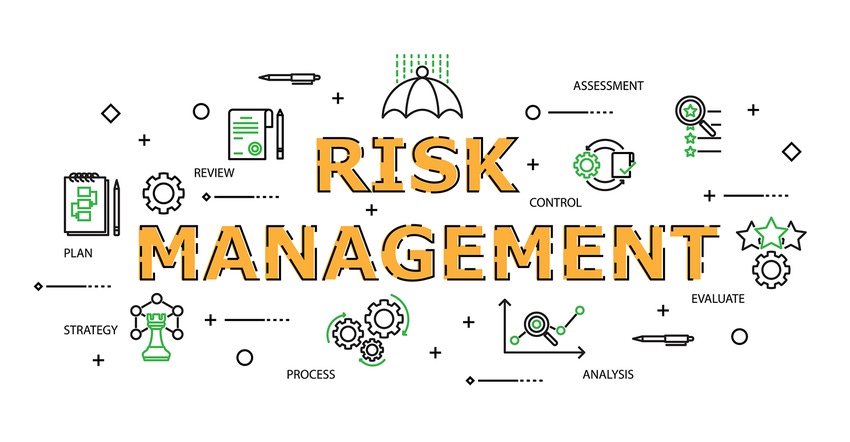Think about revisiting this year’s risk management plan and take advantage of the recent news about China.

With 2018 in the books it’s evident it will go down as a year with more variability in earnings than I have ever seen. Producers had to manage through trade tariffs, health issues, labor concerns and very few opportunities to lock-in profits.
With that said, 2018 (with the exception of 2014) turned out to have the widest swing in profitability that I’ve seen in my 22 years in the industry. As you may remember, if you didn’t have any hedges in place in 2014, you likely averaged $50 plus per head profit for the year, depending on timing of sales. The same year, the Iowa State University model had profit per head at $56.96. According to our database, Compeer’s average producer had a profit of $39.14 in 2014, identifying a difference of $17.82 per head.
That difference pales in comparison to the 2018 numbers I’ve reviewed from operations across the U.S. Last year’s average profitability range is over $30. If you asked me today, I would estimate the average producer broke even to losing $5 per head in 2018. Keep in mind disease, hedging gains and base hog pricing made up the majority of the variance. Looking back, I remember in last April I talked to producers who had hedged hogs and thought he was going to have a very good April. That was before an extremely wide basis took away all profits. Based on that experience, it can give you cold feet when looking at risk management decisions for this year.
Opportunities for 2019
If you were aggressive, you probably have 40% to 60% of your hogs priced for 2019. If you missed those opportunities, the market rebounded nicely over the past six days. Looking at the nearby April contract, hogs ranged from a low of $52.25 on Feb. 20 to closing at $62.85 on March 11. That’s a $22 per head improvement in a very short period of time. Even with the improvement in the April contract, cutout is lagging only a $5.59 increase over the same timeframe or $11.74 per head. More importantly is the opportunity the deferred summer contracts are giving producers, with prices in the $80-plus range.
But, remember, it appears that China’s announcement of purchasing 200 metric tons of pork is definitely supporting the futures contracts and giving producers another chance to lock-in profits. I know everyone is counting on China to start buying U.S. pork, but are you willing to just wait and see if it will happen when you can lock-in a sure thing now? Think about revisiting this year’s risk management plan and take advantage of the recent news about China.
Pork Forum
Two weeks ago I was an acting delegate representing the Pork Alliance group at the Pork Forum for the National Pork Producers Council. The biggest news at the forum was the delegates approving an increase in the Strategic Investment Program rate from $0.10 per $100 of value to $0.20, effective July 1, 2021. I understand how difficult it is facing this increase coming off a less-than-stellar year. However, that’s one of the reasons the industry needs your support for this voluntary program. They are your voice in Washington, D.C.
Some of the highlights that the NPPC accomplished for all pork producers this past year include:
Obtaining mandatory funding for a vaccine bank included in the new farm bill.
Updating language for the new Waters of the U.S. rule to protect your interests,
Instrumental in getting a waiver for the need of an electronic logging device for truckers who haul livestock due to animal welfare concerns regarding issues with not delivering animals in a timely fashion.
Daily discussions on trade to make sure U.S. pork producers will have fewer tariffs, gate price requirements and barriers to trade in future trade agreements.
I encourage you to continue supporting this program or, if you haven’t in the past, please consider doing so. If you need additional information on the changes to the voluntary checkoff you can reach out to your state or national association for additional details.
Steve Malakowsky is a senior swine lending specialist, with over 21 years of experience at Compeer. For more insights from Malakowsky and the Compeer Swine Team, visit Compeer.com.
Source: Steve Malakowsky of Compeer Financial, who is solely responsible for the information provided, and wholly owns the information. Informa Business Media and all its subsidiaries are not responsible for any of the content contained in this information asset.
About the Author(s)
You May Also Like





